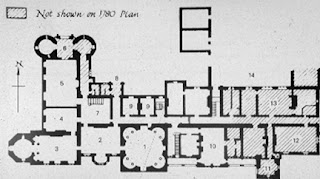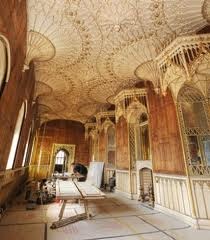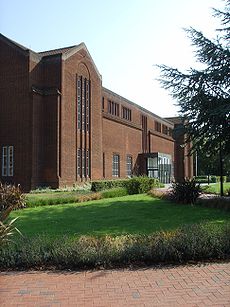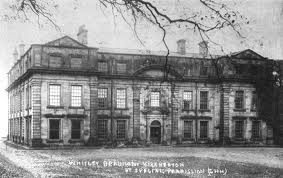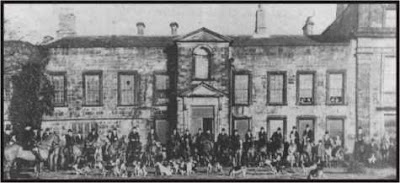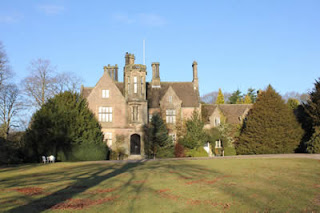From the Greville Memoirs
 |
| Downton Castle |
 |
| Richard Payne Knight by Sir Thomas Lawrence |
Richard Payne Knight (1750-1824), was born in 1750 and called Payne after his grandmother, Elizabeth, daughter of Andrew Payne, and wife of Richard Knight (1659-1745), the founder of the Knight family, who acquired great wealth by the ironworks of Shropshire, and settled at Downton, Herefordshire. Being of a weakly constitution, Knight was not sent to school till he was fourteen, and did not begin to learn Greek till he was seventeen. He was not at any university. About 1767 he went to Italy, and remained abroad several years.
Knight again visited Italy in 1777, and from April to June of that year was in Sicily in company with Philipp IIackert,the German painter, and Charles Gore. When in Italy Knight spent much time at Naples, where his friend Sir William Hamilton (1730-1803) was the British envoy. About 1764 Knight had inherited the estates at Downton, Herefordshire. He ornamented the grounds, and there erected from his own designs a stone mansion in castellated style. Knight invited Lord Nelson and Lady Hamilton to Downton Castle in 1802 and also owned a house in Soho Square, London, where he used one of the large rooms as his museum. In 1780 he became M.P. for Leominster, and from 1784 to 1806 sat for Ludlow
Knight died at his house in Soho Square, on 23 April 1824, of ‘an apoplectic affection’ (Gent. Mag. 1824, pt. ii. p. 185). He was buried in Wormesley Church, Herefordshire, where there is a monument to him, with a Latin epitaph by Cornewall, bishop of Worcester.
His Downton estate passed to his brother, Thomas Andrew Knight. He made to the British Museum, of which he had been Townley trustee since 1814, the munificent bequest of his bronzes, coins, gems, marbles, and drawings. The collection was valued at the time at sums varying from 30,000/. to 60,000/. The acquisition of the bronzes and coins immensely strengthened the national collection. The trustees of the British Museum printed and published in 1830 Knight’s own manuscript catalogue of the coins, with the title ‘Nummi Veteres.’


